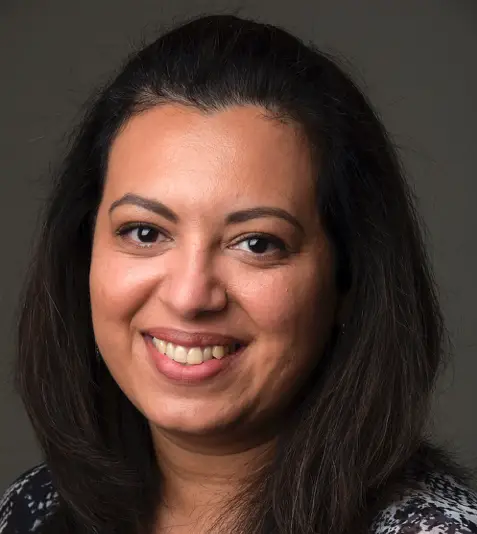June 25, 2022
WoEgypt

Have you ever wondered why more and more children in playgrounds across our country’s clubs are speaking to one another in English? While millions of children across the globe grow up embracing bi- and multi-lingualism, children of Arabic-speaking cultures are quickly losing touch with their mother tongue and in the process, being denied a chance to connect with their heritage.

Founded in 2015 by Dr. Saussan Khalil, Senior Arabic Language Teacher at Cambridge University, Kalamna is a dedicated effort to restore that connection for Arabic-speaking families anywhere they may be.
“Through years of research and first-hand experience, I’ve come to see that the challenges we face with teaching Arabic to young children isn’t unique to parents raising their children in non-Arabic speaking countries,” she said. “Rather it’s an alarmingly growing challenge for kids growing up across the Middle East too.”
Early beginnings
Having earned a PhD in Arabic Studies and years of teaching Arabic as a foreign language across the UK, Dr. Khalil was naturally primed to apply the best of academic research and practical methods for passing her mother tongue on to her daughters. However, like many parents, she was soon faced with the first stumbling block: finding research- and evidence-based Arabic language learning materials to give them the right language foundations in their formative years.

Kalamna is born
Dr. Khalil started with dedicating just an hour a week, during which she’d give classes to the young children of friends. “The approach I chose is centered on gradually transitioning young students from being Arabic speakers to Arabic readers and writers,” she explains.
As the name ‘Kalamna’ (‘our words’ in Arabic) suggests, she uses the spoken language as her springboard then leverages the area of overlap between colloquial Arabic and Traditional Arabic – or ‘ammiyah and fusHa respectively – to facilitate the child’s language learning journey.
Learning to Read
While Saussan saw progress in her student’s level of engagement and enjoyment of the language, it quickly became evident that children were getting very frustrated and disheartened when it came to learning to read. The sight-reading method – the one traditionally used for teaching Arabic – differed greatly compared to the more modern phonics method used with other languages at school.



The Kalamna Phonics™ Toolkit
After years of trial and error with resources, Saussan had gathered a significant amount of first-hand experience in what did and what didn’t work before setting out to create the Kalamna Phonics™: a distillation of the phonics method with tailored applications for the unique challenges of the Arabic language. With upwards of 400 flashcards and 10 graded books across five levels, the Kalamna Phonics™ toolkit introduces young learners to the Arabic language by demonstrating the relationship between the sounds of the spoken language, and the script of the written language.
“I was rather pleasantly surprised when the children started reading words from the very first time I used it in class. It was incredibly powerful to see it work and I knew I was onto something.”
Growth
Kalamna’s classes have since expanded with two franchises now operating in Newcastle and Manchester. It also has dozens of students logging in from as far as Switzerland, Germany France, Mexico, Canada, the US and South Africa to attend Kalamna’s online classes.
Bringing it home
Her next goal is to bring parents across the Middle East into their children’s literacy journey, to involve them and help them guide their children. Kalamna is currently working with a major publishing house to bring an Arabic phonics toolkit for the first time to the Arabic-speaking world.
To learn more about Kalamna, visit there website here
** If you liked this article, don’t forget to subscribe to our newsletter and receive our articles by mail.

